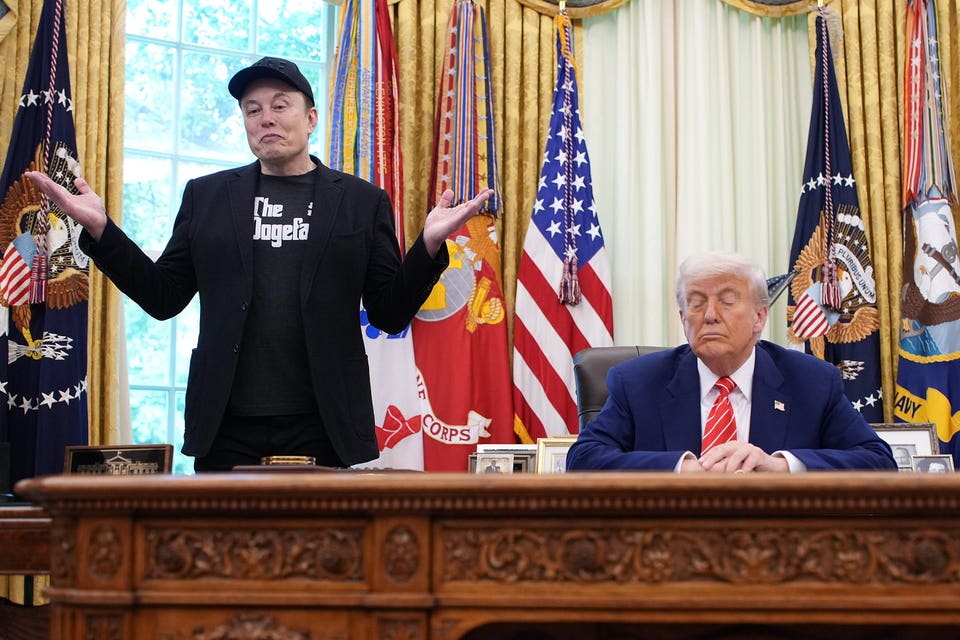The Euro zone’s economic landscape has reached a significant milestone as flash data for June reveals the region’s inflation rate has edged higher to precisely 2%, aligning perfectly with the European Central Bank’s (ECB) long-coveted target. This development, which was largely in line with economists’ expectations, marks a crucial turning point for the single currency area and signals potential shifts in the ECB’s monetary policy going forward, especially concerning future interest rates management. This 2% print follows a 1.9% reading in May, demonstrating a steady, albeit slight, upward movement towards the central bank’s stability objective.
Eurostat’s preliminary figures underscore a consistent trend towards price stabilization within the Euro zone economy. While the headline inflation rate met the 2% mark, an objective keenly observed by markets and policymakers alike, the closely watched services inflation component presented a more nuanced picture. This specific measure picked up to 3.3% in June, a slight increase from 3.2% in May, and notably higher than the overall average. The persistence of elevated services inflation remains a key area of focus for the ECB, as it can reflect underlying domestic price pressures that may not dissipate as quickly as other components.
Further analysis of the individual inflation prints from major Euro zone economies released in the preceding weeks provided strong indications of this collective movement towards the 2% target. Germany, the bloc’s largest economy, reported an easing in its harmonized inflation rate, while France and Spain observed small increases. Italy, however, registered no significant change in June. These varied national trends collectively contributed to the wider euro area reading gravitating towards the ECB’s desired level, offering a comprehensive view of the disinflationary path across the region.
This achievement has significantly intensified market expectations regarding the ECB’s next moves, particularly the prospect of an interest rate cut in the third quarter of the year. ECB Chief Economist Philip Lane recently articulated a sentiment of completion concerning the central bank’s current cycle of monetary policy interventions. Speaking at the ECB’s annual forum in Sintra, Portugal, Lane remarked that the significant effort to bring inflation down from a peak of 10% back to 2% is largely “done.” However, he stressed the importance of remaining vigilant and prepared to address any future “blips” that could destabilize the medium-term outlook.
Despite the positive headline figures and the apparent success in bringing inflation to target, analysts remain cautious, highlighting potential external factors that could still disrupt the disinflationary trajectory. Concerns include the aforementioned persistently high services inflation, recent volatility in global oil prices stemming from geopolitical tensions, and the specter of potential U.S. trade tariffs. These elements could introduce new inflationary pressures, challenging the ECB’s efforts to maintain price stability and complicating future monetary policy decisions.
Should these anticipated economic shocks fail to materialize in the coming months and the disinflationary trend continue its course, economists largely concur that the ECB is well-positioned to maintain interest rates steady at its forthcoming meeting in July. However, the probability of an interest rate cut by September rises considerably under such a scenario. This pivotal moment underscores the delicate balancing act faced by the ECB as it navigates the path towards sustained economic stability within the Euro zone economy, marking progress while remaining attuned to evolving global dynamics.
Discover more from The Time News
Subscribe to get the latest posts sent to your email.





